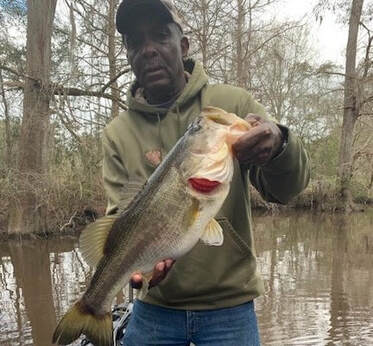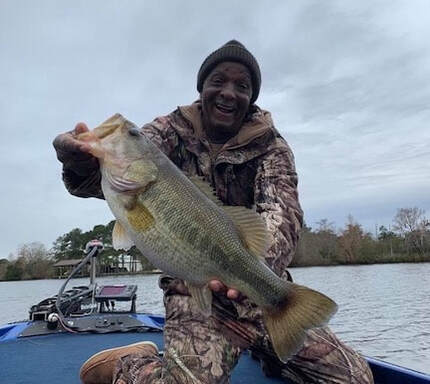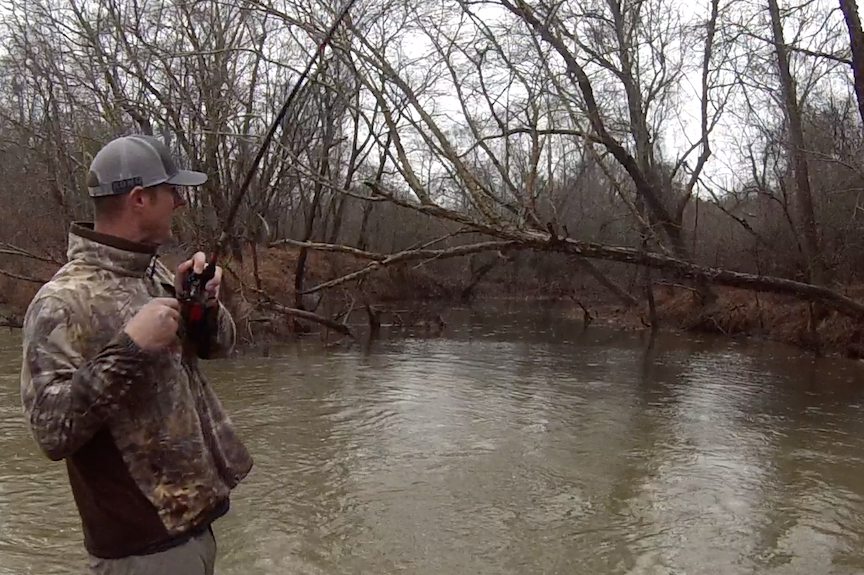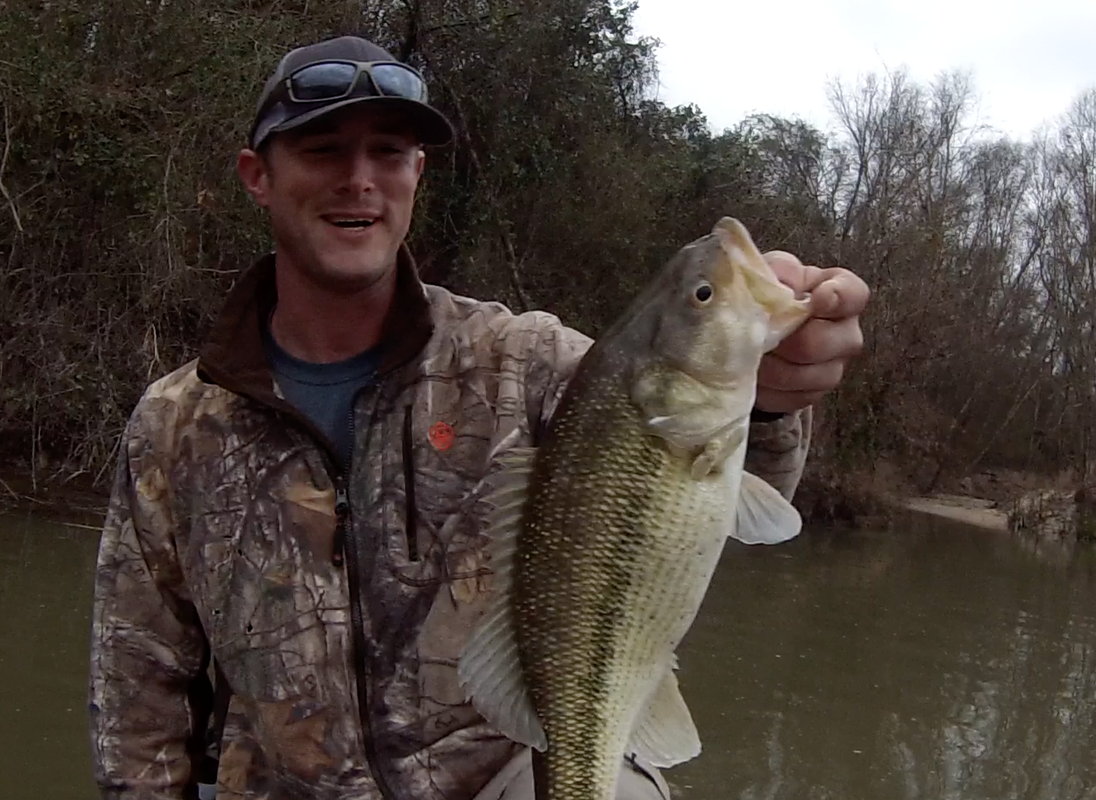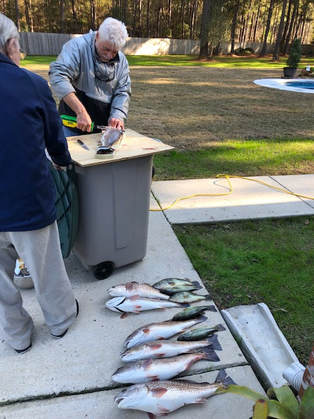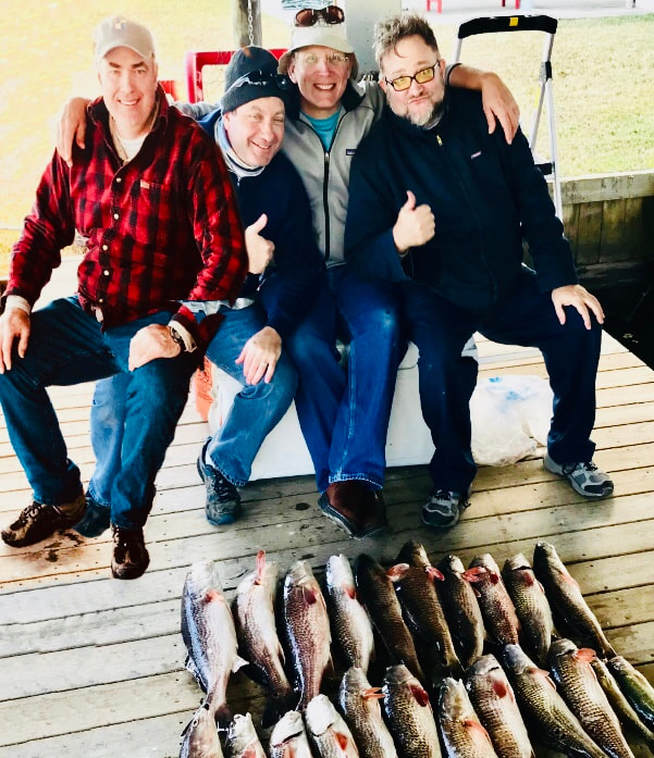 Keith Lusher
Keith Lusher With the opening of the Bonnet Carre Spillway this week, most anglers won’t even attempt to fish the lake because of the incoming cold, muddy river water that will soon flood the lake. But Captain Andy Jones of Wicked Charters says that you can use the upcoming push of river water to your advantage. “In the past few years when they’ve opened the spillway we’ve seen fish being caught right before that muddy water line as it moves south,” Jones says. In recent years we’ve also had the benefit of seeing a sliver of clean lake water along the North Shore between the mouth of the Tchefuncte River and Bayou Cane in Mandeville. The MODIS Map that is operated by NASA offers anglers a satellite view of the Lake which is a helpful recourse in finding clean water. The map is updated daily offering anglers an up to date overhead view of Lake Pontchartrain
Tchefuncte River
Ray Miller of Madisonville has been fishing the Tchefuncte River below interstate 12 and says the recent warm weather has pushed the fish into the shallows. He’s been catching sac-a-alit by using a black and gold hair jig rigged 2’ under a sliding cork. He recently made a trip with his friend Neil Landry and says not only are the sac-a-lait in the shallows but the bass as well. He describes his latest trip - “The bite was really slow but productive. We caught several really nice sac-a-lait and a few nice bass. I Caught one really big bass and let her go to make babies,” he says. It seems the fish are getting more active in the rivers and bayous across the Northshore with the recent warmer weather but that’s not all that’s reacting to the warmer weather. Ray says he heard some commotion in the river and when he looked to his side he saw a doe swimming across the river. “I was a really fun and interesting day on the river,” he jokes.
Ponchatoula Recreation Park
Tchefuncte River
Ray Miller of Madisonville has been fishing the Tchefuncte River below interstate 12 and says the recent warm weather has pushed the fish into the shallows. He’s been catching sac-a-alit by using a black and gold hair jig rigged 2’ under a sliding cork. He recently made a trip with his friend Neil Landry and says not only are the sac-a-lait in the shallows but the bass as well. He describes his latest trip - “The bite was really slow but productive. We caught several really nice sac-a-lait and a few nice bass. I Caught one really big bass and let her go to make babies,” he says. It seems the fish are getting more active in the rivers and bayous across the Northshore with the recent warmer weather but that’s not all that’s reacting to the warmer weather. Ray says he heard some commotion in the river and when he looked to his side he saw a doe swimming across the river. “I was a really fun and interesting day on the river,” he jokes.
Ponchatoula Recreation Park
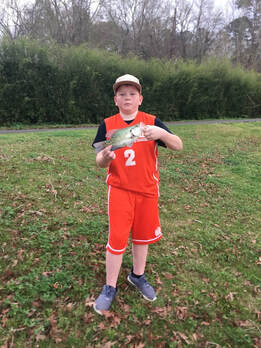 Peter Cranford caught this sac-a-lait at "Pete's Lake"
Peter Cranford caught this sac-a-lait at "Pete's Lake" Peter Cranford of Ponchatoula plays basketball at the local Recreation Park and says the lake in the back of the the park is loaded with sac-a-lait right now. “The fish are already spawning so all the fish I caught were caught in less than 1’ of water about 3’ from the bank,” Cranford says. The teen caught 8 crappie with the biggest being 10” long. Peter says he caught all the fish on artificial jigs. “I was fishing a Bobby Garland Baby Shad in the black and chartreuse color,” he says. PARD is located in between Interstate 12 and Highway 22 in Ponchatoula. Coincidentally the park lake is named “Pete’s Lake”. Peter says there’s no connection between his name and the lake, however he fishes it like he owns it!




